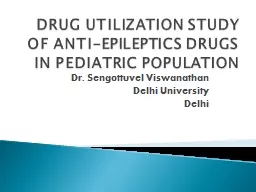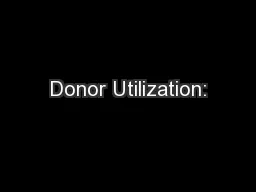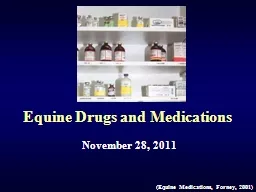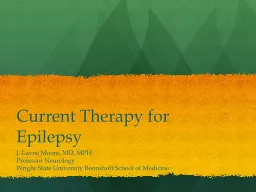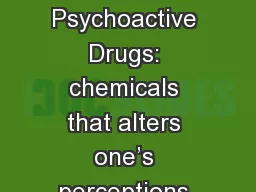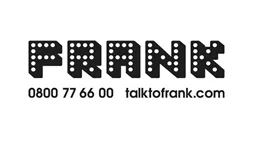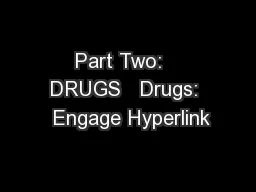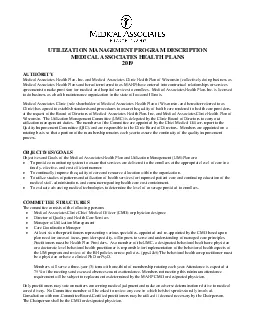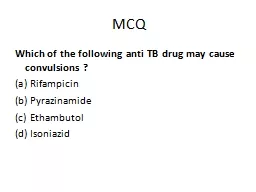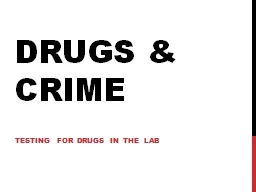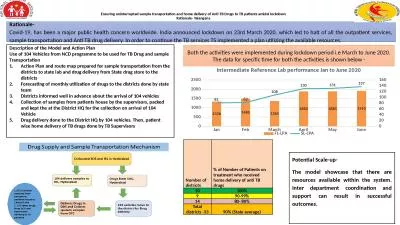PPT-DRUG UTILIZATION STUDY OF ANTI-EPILEPTICS DRUGS IN PEDIATRI
Author : aaron | Published Date : 2017-04-18
Dr Sengottuvel Viswanathan Delhi University Delhi Epilepsy recurrent seizures due to chronic underlying process Incidence is 5 to 7 per 10000 children 5 among
Presentation Embed Code
Download Presentation
Download Presentation The PPT/PDF document "DRUG UTILIZATION STUDY OF ANTI-EPILEPTIC..." is the property of its rightful owner. Permission is granted to download and print the materials on this website for personal, non-commercial use only, and to display it on your personal computer provided you do not modify the materials and that you retain all copyright notices contained in the materials. By downloading content from our website, you accept the terms of this agreement.
DRUG UTILIZATION STUDY OF ANTI-EPILEPTICS DRUGS IN PEDIATRI: Transcript
Download Rules Of Document
"DRUG UTILIZATION STUDY OF ANTI-EPILEPTICS DRUGS IN PEDIATRI"The content belongs to its owner. You may download and print it for personal use, without modification, and keep all copyright notices. By downloading, you agree to these terms.
Related Documents

